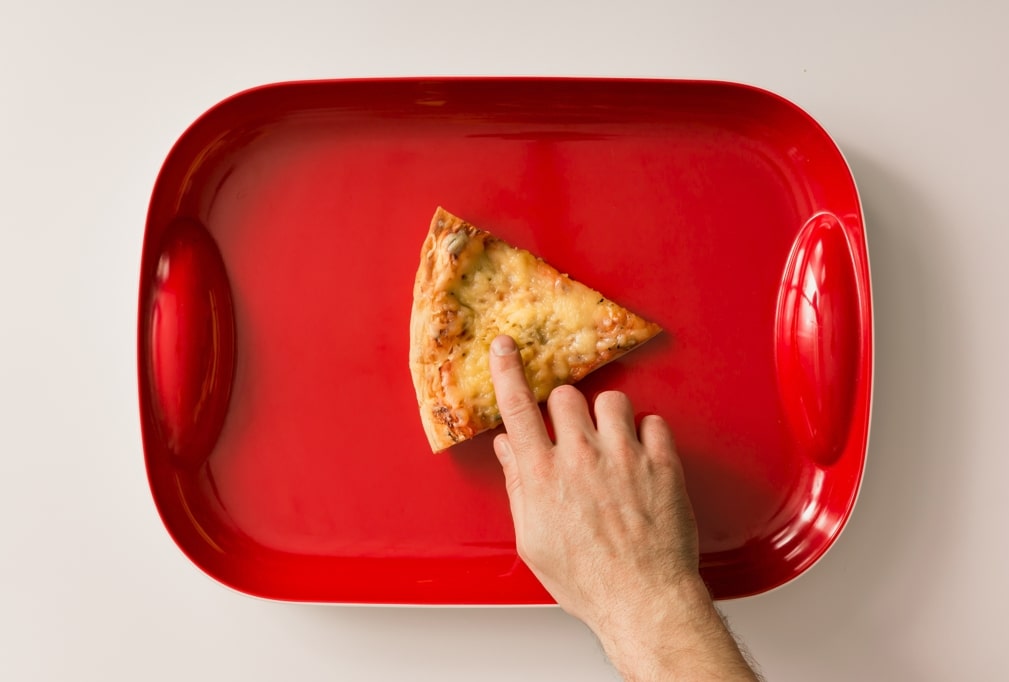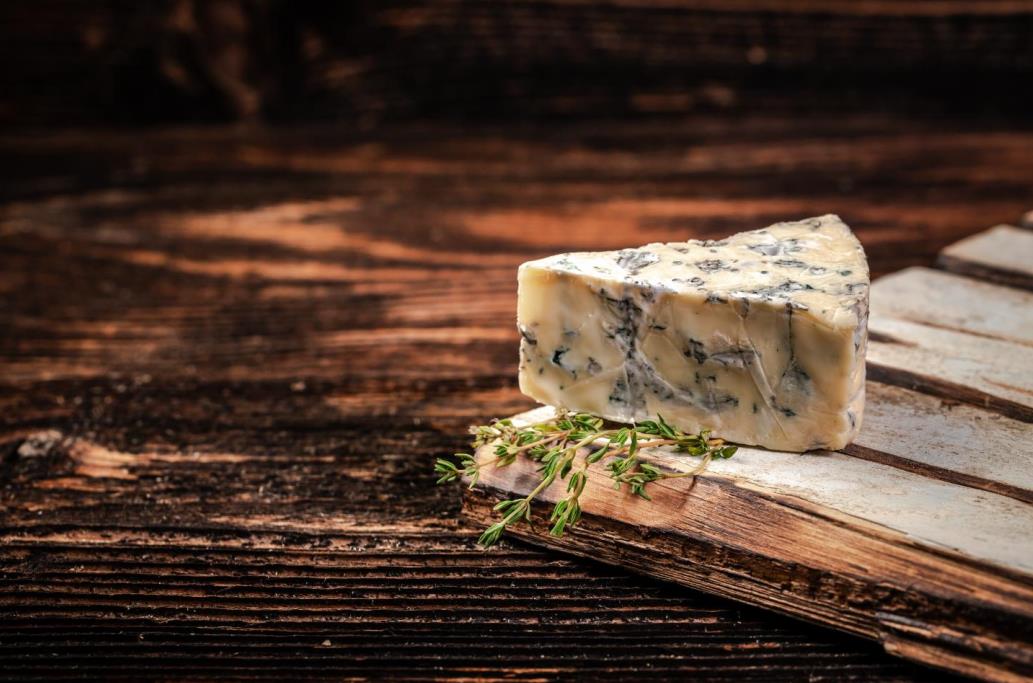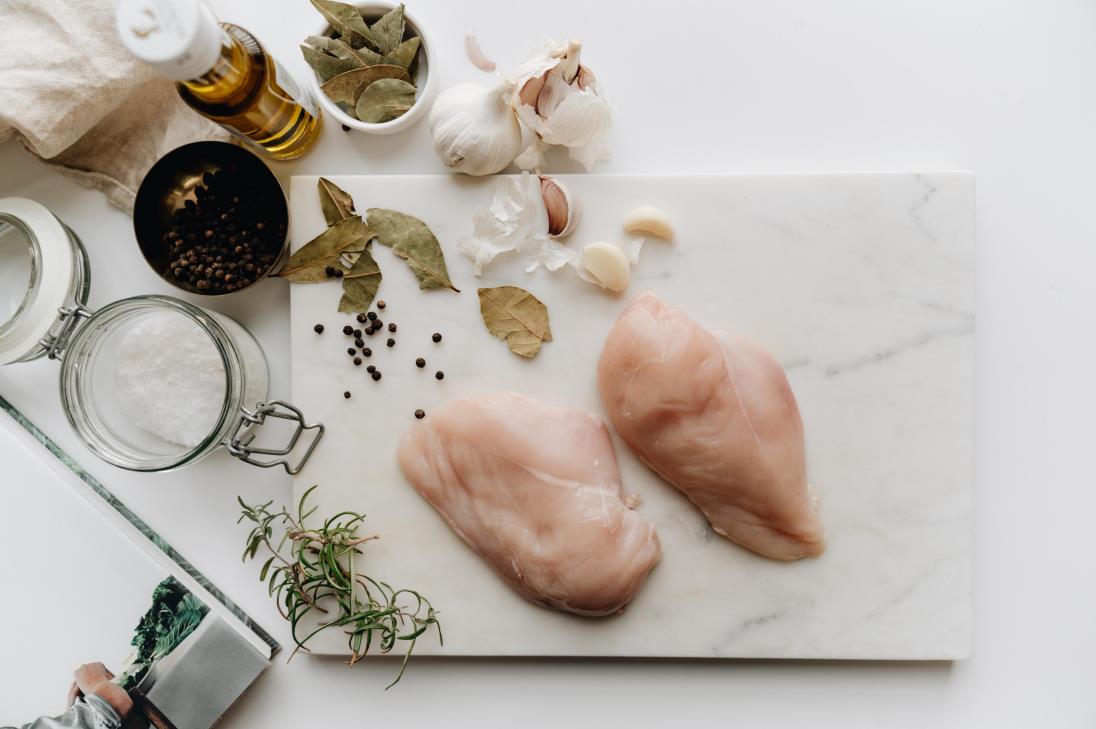The search for the best wood for cutting boards is a never-ending quest. Many options exist, ranging from hard and durable to softer and more flexible woods. One of the contenders in this quest is acacia wood, a hardwood with an impressive history of use in furniture and cabinetry. But is it the right choice for a cutting board?
Acacia wood is a good choice for cutting boards. Apart from its attractive grain and color, acacia is a hardwood that can withstand considerable wear and tear. It’s also naturally resistant to bacteria and fungi, which is essential when preparing food. The wood’s tight grain prevents it from absorbing moisture, and its natural oils give it an added layer of protection.
This article takes an in-depth look at acacia wood cutting boards. It’ll cover the wood’s characteristics, pros, and cons and compare acacia to other wood types. By the end, you’ll better understand whether acacia wood suits your cutting board needs.
Table of contents
What is acacia wood?
The acacia tree, also known as wattle, is a genus of over 1000 species of trees and shrubs, most of which are native to Australia, with several species found in Africa, the Pacific islands, Asia, and the Americas. Acacia wood is the hardwood that comes from the acacia tree.
Each of the species of acacia has different characteristics. However, for most species, the grain pattern and color range from medium to dark brown with interesting streaks, swirls, and knots. The wood is diffuse-porous, meaning it has evenly distributed pores throughout.
The density also varies from species to species, but generally, acacia is hard/tough. Some can be pretty heavy and have an impressive strength-to-weight ratio. Most commercial species used for furniture and woodworking are of medium density.
Acacia wood characteristics
Acacia has exciting visual characteristics. But there’s more to it than looks.
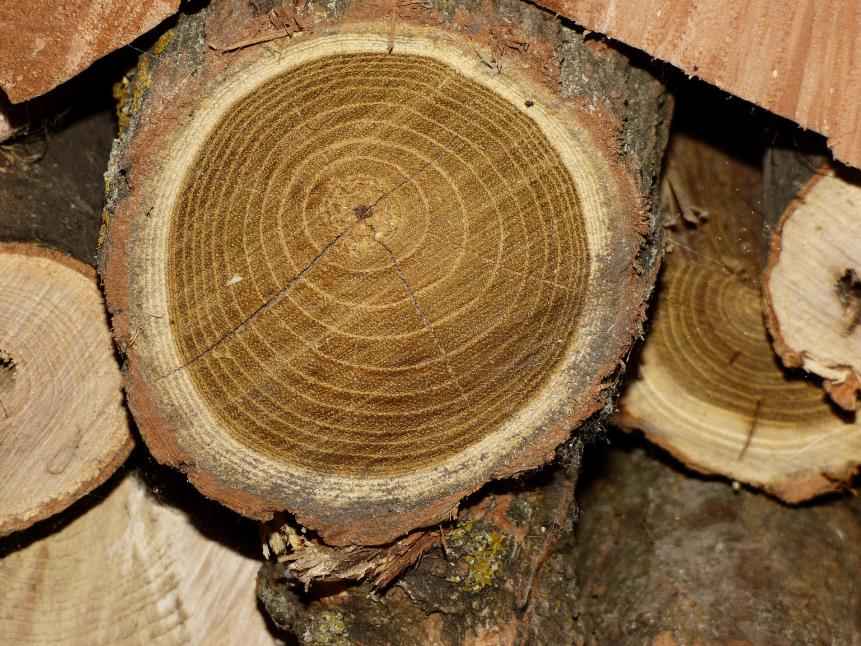
Hardness
On the Janka scale, acacia wood ranges from 1,500 to 2,000 pounds of force. That puts it on the harder end of the scale, slightly harder than maple (1,450) and red oak (1,290) but softer than Brazilian ebony (3,692) and African pearwood (3,680).
Wood hardness affects the durability of the cutting board. Softer woods are more prone to scratches, dings, and damage from knives. Harder woods like acacia can withstand more wear and tear. However, for a cutting board, too hard can be as bad as too soft. Harder woods tend to dull knives faster than softer ones.
Rot resistance
Rot resistance is the wood’s ability to resist decay from fungal and bacterial growth. Acacia is naturally resistant to rot thanks to its high tannin content. Tannins are natural compounds that help the wood fight off moisture and decay.
Given the right conditions, rot can still occur on acacia boards. To prevent this, you should regularly apply food-grade mineral oil to the wood’s surface. Also, always allow your cutting board to dry before storing it away.
Grain structure
Grain structure is the arrangement of fibers and pores that make up wood. Acacia has a fairly tight grain structure, meaning its pores are tightly packed together. This structure is an important attribute when it comes to cutting boards.
Tightly packed pores are less likely to absorb moisture, liquid, and particles that can get stuck in more open-grained woods. The patterns on the wood’s surface, known as the grain pattern, can also be quite attractive. Acacia wood often has a combination of swirls and streaks with interesting knots.
Maintenance
Maintaining an acacia cutting board is relatively easy. The wood is naturally resistant to rot and moisture. Additionally, it’s not particularly oily or greasy, so it doesn’t require much oiling to keep it looking its best. However, complying with cutting board care instructions for wood is crucial to keep it in good condition. Always hand-wash with warm soapy water for acacia boards and dry them before storing.
Aesthetics
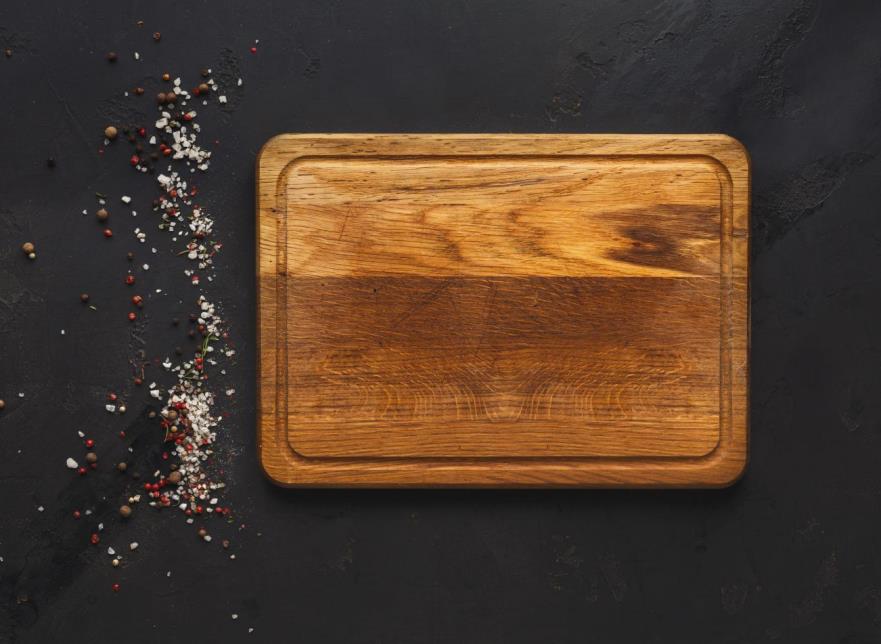
The colors and patterns of acacia wood are breathtaking. Adding to that, the wood is usually easy to work with and polish, which means you can achieve a nice finish. The natural oils in the wood also enhance its shine and luster, giving it an almost glowing look.
How is acacia wood as a cutting board?
Below are the advantages and disadvantages of acacia wood as a cutting board:
Advantages of acacia wood
- Acacia is a highly durable wood thanks to its dense grain and tight fibers, making it an ideal choice for cutting boards. Its density also helps to resist staining and warping over time. Given that acacia is a hardwood, it’s resistant to the cuts and scrapes caused by regular kitchen use.
- Acacia is available in different colors, from light to dark brown. The wood’s grain patterns are also quite interesting, often displaying swirls and streaks with knots.
- The maintenance of acacia cutting boards is relatively straightforward. All it requires is regular hand-washing and oiling, which helps to keep the wood looking its best.
- An acacia wood cutting board is easy on knives. It’s also sturdy enough to prevent knife marks from forming on the board.
Handpicked for you
True cutting power in the palm of your hand
Disadvantages of acacia wood
- Acacia wood is quite heavy. If you need a large board, moving it can be a hassle.
- Scratches that go against the grain on acacia wood are quite difficult to rectify
- The generally high cost of acacia wood makes it an expensive option for cutting boards.
- Acacia is a highly exotic wood, which also means it’s not a readily available for the cutting board market
- Exposure to air and light causes a darkening effect on acacia. Gradually, it loses its light color and changes to a dark color that may not be attractive
- Acacia wood’s grain structure is unpredictable. Some wood may contain knots or blemishes, while others may have a straight grain.
Acacia wood vs. other cutting board materials
How does acacia compare to other materials when it comes to cutting boards? While acacia is an excellent choice, there are other materials to consider.
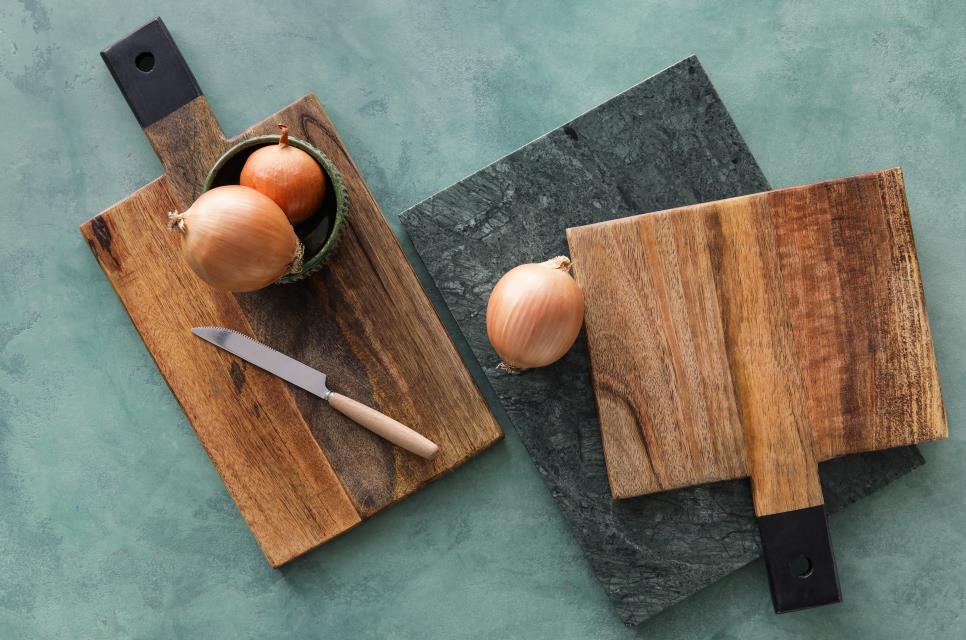
Acacia vs. maple
Acacia and maple are hardwoods, so they’re durable cutting boards. Both materials are also resistant to moisture and stains, making them easier to maintain. Depending on the thickness of the material, an acacia cutting board is heavier than a maple one.
Maple doesn’t have the rot resistance of acacia, so if you leave it damp for too long, it can start to degrade. When torn between the two, many opt for acacia.
Acacia vs. plastic
Plastic is one of the cheapest options for a cutting board. It’s less likely to dull your knives and the material isn’t porous, which makes it easier to clean when compared to an acacia cutting board.
However, the material is prone to scratches and grooves, which can trap bacteria underneath the surface. Plastic also lacks the “self healing” property of wooden cutting boards. Therefore, with prolonged use it gets too scarred that it becomes challenging to sanitize.
The sustainability of acacia makes it an excellent option for eco-conscious users. Unlike plastic, acacia is biodegradable, making it better for the environment.
Acacia vs. glass
Glass cutting boards are a popular option, as they look sleek and modern. They don’t stain easily, are easy to clean, and don’t habor odors or bacterias easily. These properties make glass cutting boards some of the most hygienic.
However, they are not as durable as acacia and can easily chip or break. Moreover, glass cutting boards dull your kitchen knives faster than hardwood options. Glass cutting boards also make irritating noises when in use something acacia boards don’t.
Bottom line: Is acacia good for cutting boards?
Overall, acacia is an excellent choice for cutting boards. It’s durable, easy to maintain, and aesthetically pleasing. It’s also better for your knives than plastic or glass, so you won’t have to worry about them dulling too quickly. Plus, it’s a sustainable material. Acacia is worth considering if you’re looking for an attractive, long-lasting cutting board option.
When choosing, make sure to consider your needs and budget. Remember that acacia is a pricier option than other cutting boards, so it’s worth considering if you’re looking for something long-term. Don’t forget to visit our HDMD blog for more exciting kitchen tips. You can also check out our store for discounts on top-of-the-line kitchen knives and accessories.








